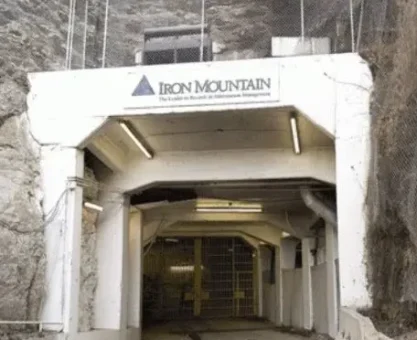DC Showing Signs of a Recession
Effects of the Trump administration’s federal downsizing are starting to be felt in the DC area, which is understandable considering the federal government employs 17% of the region’s workforce. Prior to the most recent job cuts, February unemployment rates were already up 12.2% over the previous year. In April, Moody’s Ratings announced a downgrade of the District of Columbia’s credit rating from Aaa to Aa1 and revised the outlook to negative. Home listings are soaring, spending at large retailers is down 2%, residential building permits have declined by 33%, and D.C.’s economy is projected to contract by 1.9% next fiscal year.
Agencies Ordered To Monitor Attendance
An OBM memo issued in April requires agencies to monitor federal employees’ return to work and track occupancy levels. Initial reports are due May 19 and will cover the pay period from May 4 through May 17. In order to “shrink the Federal real estate footprint to eliminate unused and wasteful Federal office space,” agencies are gathering data on occupancy levels and aiming to achieve a target of 60% utilization at 150 square feet per person. Among the methods for tracking attendance are badge and access systems, daily check-in surveys, video analytics, and timecard analysis. The memo states, “The USE IT Act is limited to CFO Act agencies, but this guidance sets the requirement for all agencies to support efforts to eliminate unnecessary space and costs.”
April’s Consumer Price Index Lower Than Expected
According to a May 13 Labor Department report, inflation was slightly lower than expected in April. The consumer price index, which measures the costs for a broad range of goods and services, rose a seasonally adjusted 0.2% for the month, putting the 12-month inflation rate at 2.3%, its lowest since February 2021. Shelter prices were the main culprit in pushing up the inflation gauge. The category, which makes up about one-third of the index weighting, increased 0.3% in April, accounting for more than half of the overall move. Energy prices experienced a 0.7% gain, food saw a 0.1% decline, used vehicle prices were down 0.5%, and egg prices tumbled 12.7%, though they are still up 49.3% from a year ago.
COLA Estimate Increased
The Senior Citizens League has bumped its 2026 COLA estimate to 2.4%, up from 2.3% last month. Each month, TSCL issues a new prediction of the next COLA for Social Security using a model that incorporates the Consumer Price Index, the Federal Reserve interest rate, and the national unemployment rate. A 2.4% COLA would be the lowest since 2021 and result in a 2% COLA for FERS retirees.
Stay connected with the DailyFed to keep track of news and events affecting our federal workforce.


























